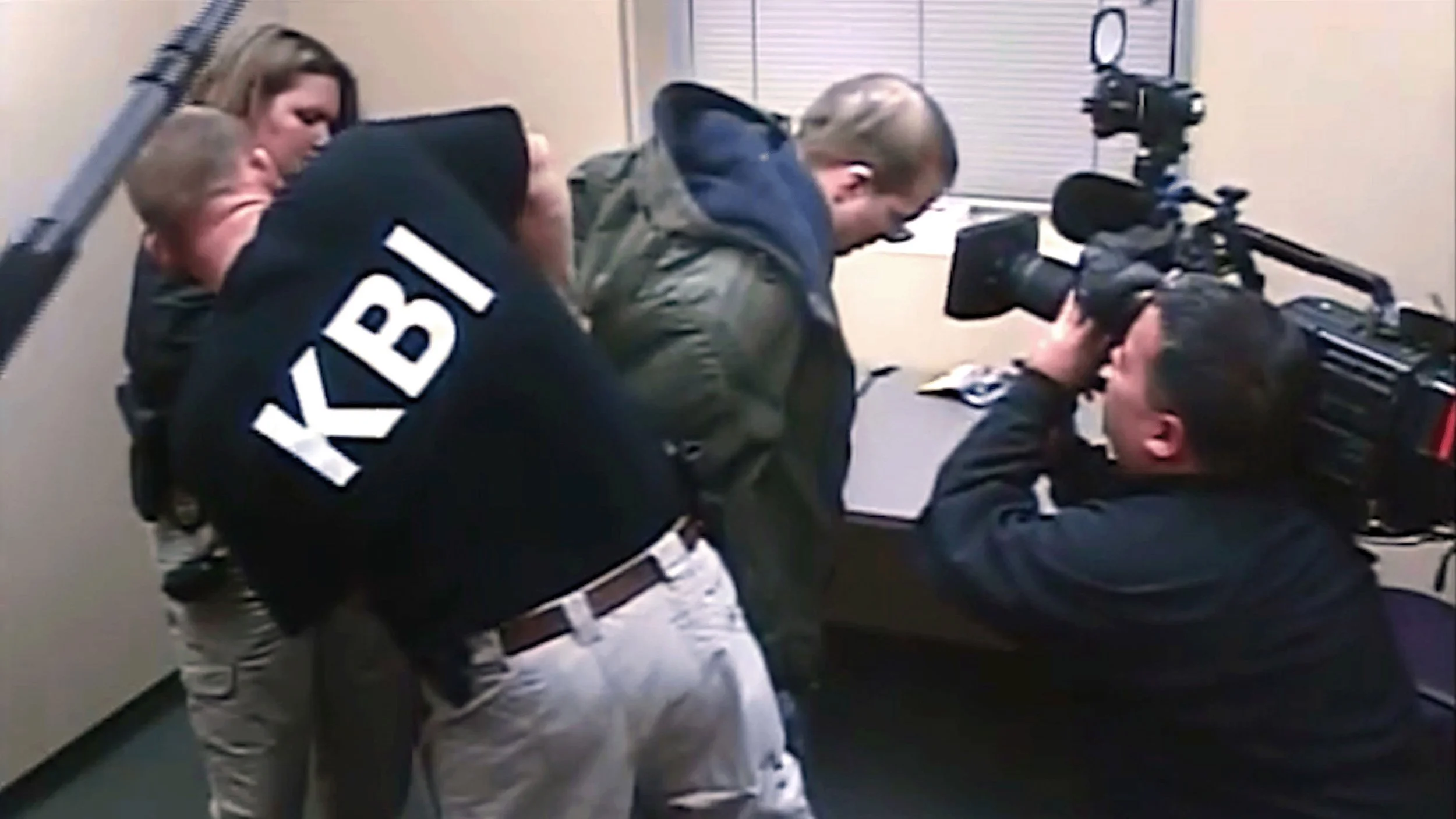Sundance review: 'Predators' asks big questions about TV and internet exploitation, but the answers are more elusive.
Director David Osit’s documentary “Predators” is a surprisingly thoughtful examination of one particularly seedy corner of television and internet culture: The “Dateline NBC” series “To Catch a Predator.”
The series rode in on the wave of fears about child sexual predators online — and, one might argue, exacerbated those fears — with a simple formula. A TV crew, aided by a nongovernmental justice organization, would monitor web chats between older men and a decoy young person. (The decoys, both men and women, were adults but looked and sounded younger.) At a certain point, the decoy would make contact to get the guy to meet at a house. The decoy would be there, and so would NBC reporter Chris Hansen, carrying a sheaf of printouts of the guy’s sex-filled texts. The guy would eventually leave, only to find law officers outside, waiting to arrest him.
Hansen did this dozens of times over the series’ run, from 2004 to 2007. The show became a cultural phenomenon and made Hanson famous, landing him on “Oprah,” “Jimmy Kimmel” and “The Simpsons.” Reruns ran on MSNBC for years after the show ended, and can be found online to this day.
What “To Catch a Predator” did for the cause of ending online sexual exploitation of minors is more murky. As Osit details, some prosecutors opted not to pursue charges against the accused abusers Hanson cornered, because the TV confessions made it difficult to make an open-and-shut case. Then there was the former county assistant D.A. in Texas, who backed out of meeting his decoy and, when the cops came to the D.A.’s house, died by suicide.
The middle section of Osit’s film introduces us to a YouTube personality who gets attention and clicks for copying the “To Catch a Predator” model — though without Hansen’s more stringent protocols or the same law-enforcement support.
And in the third chapter, Osit goes to the source, for a sit-down interview with Hansen, now 65 and anchoring a similar show for a cop-centric YouTube channel.
Osit — who directed, wrote, edited and shot the movie — explains deep into the movie why this issue, and specifically “To Catch a Predator,” are so personal to him, so we understand why so much intellectual scrutiny is being placed on a TV show. But his approach is even-tempered and stridently fair to all parties, including Hansen.
“Predators” seeks answers about whether a public service can also be entertainment. Osit’s exploration may not get those answers, but the way he asks the questions is illuminating.
——
‘Predators’
★★★1/2
Screening in the U.S. Documentary competition of the 2025 Sundance Film Festival. Screens again: Sunday, January 26, 8:10 p.m., Redstone 2, Park City; Monday, January 27, 6 p.m., Broadway 3, Salt Lake City; Thursday, January 30, 6 p.m., Redstone 4, Park City. Online screenings Thursday, January 30, 8 a.m. to Sunday, February 2, 11:55 p.m. (All times Mountain time zone.) Not rated, but probably PG-13 for thematic material involving child sexual abuse. Running time: 96 minutes.
